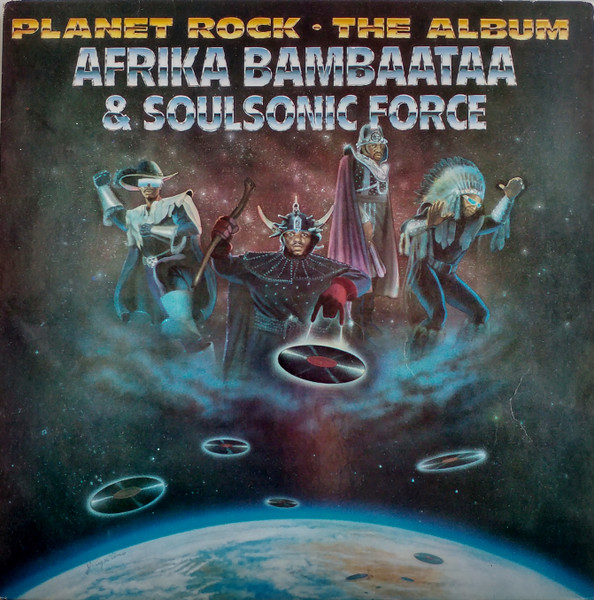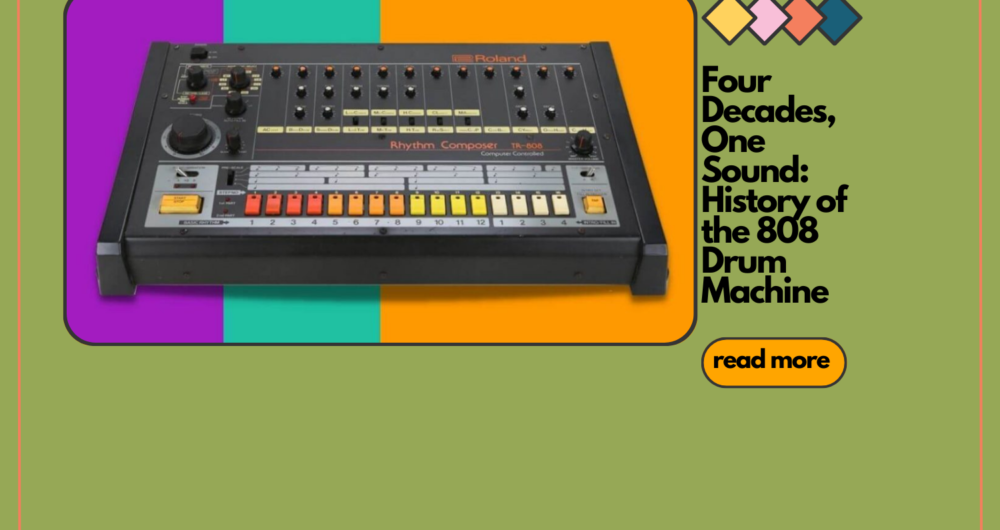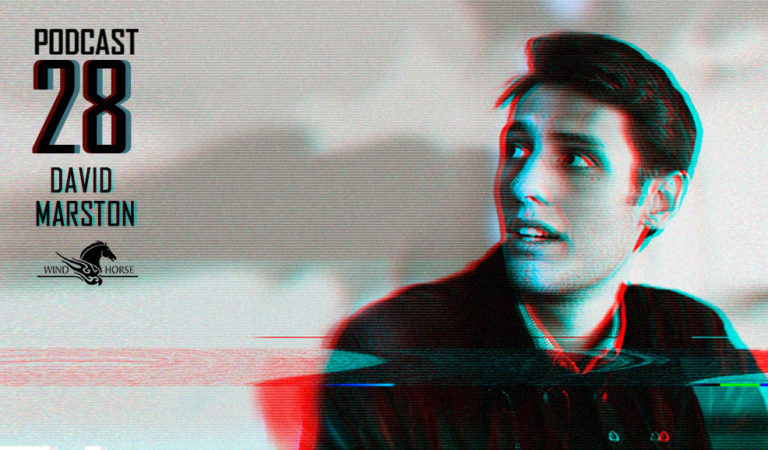Disco, hip-hop, soul, electro, techno, house, trap, Miami bass and beyond; you know something unusual is happening when the same drums are heard across a variety of different music genres. Before the 808, producers would dig for drum samples and meticulously loop them to create original drum patterns. With the arrival of drum machines, samples and live drummers became unnecessary. Read on to know more about the continuing story of the most boombastic drum machine of all time–forty years on, still going strong.
In the late 60s, the well-established Hammond Organ company had recently hired American musician and partial mad scientist, Don Lewis, as a product demonstrator. Lewis had built a bit of a reputation for performing with custom electronic instruments that he’d modified himself (decades before this became common practice amongst producers and engineers). Lewis was appointed to show off an electric organ with a built-in drum machine. This was designed by the Japanese company Ace Tone and was incredibly innovative for the time. Drum machines themselves were a budding instrument, having one built into an organ was rare.

Lewis had made extensive modifications to the Ace Tone drum machine, allowing himself to create his own rhythms within it. Ace Tone was flawed, and not quite able to believe how this American guy had managed to understand the inner workings of their drum machine more than they had, hired him instantly. After working together for a while, Ikutaro Kakehashi (Ace Tone president & founder) formed the Roland Corporation, establishing Lewis as a principal designer for their drum machines. By the late 1970s, microprocessors began appearing in instruments, and Roland used this development as a way to program their drum machines. In 1978, they released the CompuRhythm CR-78 – the first drum machine in the world where users could write, save and replay their own patterns. It was well-loved. But Kakehashi wanted to go bigger and better.

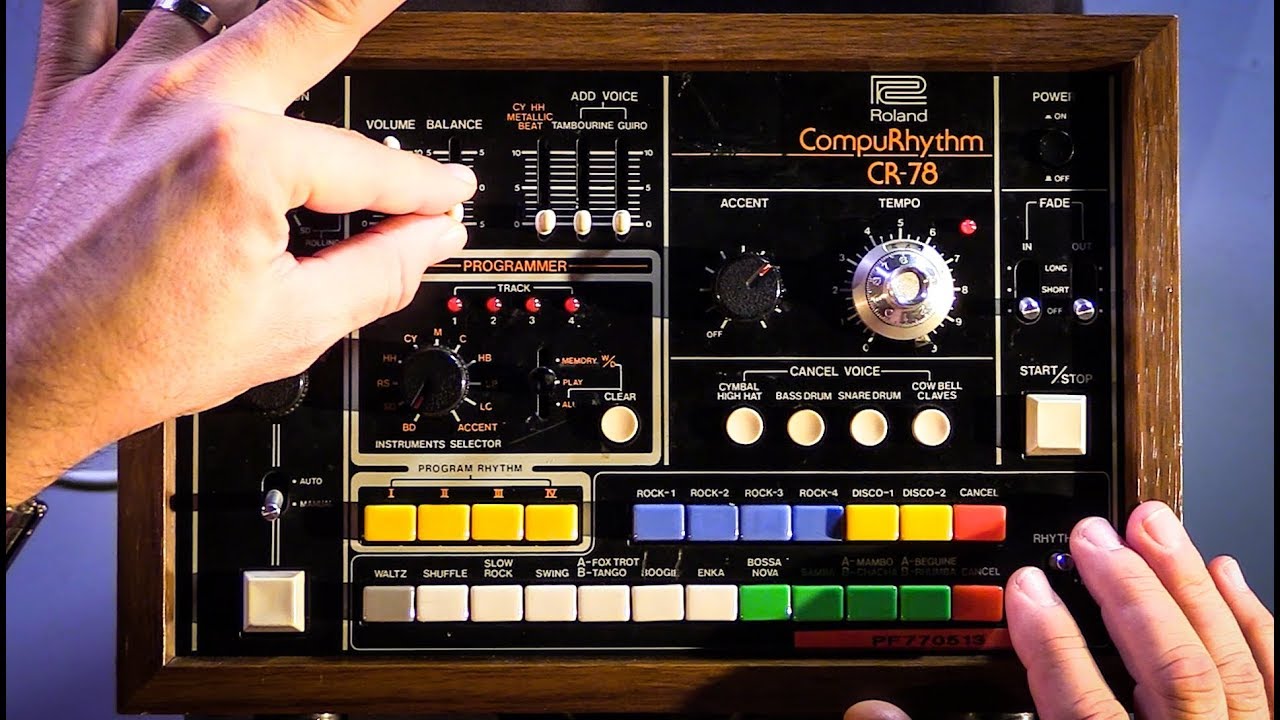
Roland had to think of something that would tap into a market of self-taught savants and conceived of the 808 as the type of machine that’d make studio demos more efficient and cheaper to record. It would be a machine that’d make amateurs sound more professional and professionals able to work faster and with fewer hands on deck to get their ideas sketched out on tape.
They started using analog synthesis to create and store sounds that mimicked hand-claps and bass notes and in-studio drums, creating catchy percussion patterns. Unlike most drum machines at the time, the 808 gave musicians remarkable freedom: You weren’t limited to pre-programmed rhythms or orchestrations, which meant you could fashion sounds and stack them on top of one another until you’d created something that had never been heard before. It was in many ways a living and breathing studio unto itself.
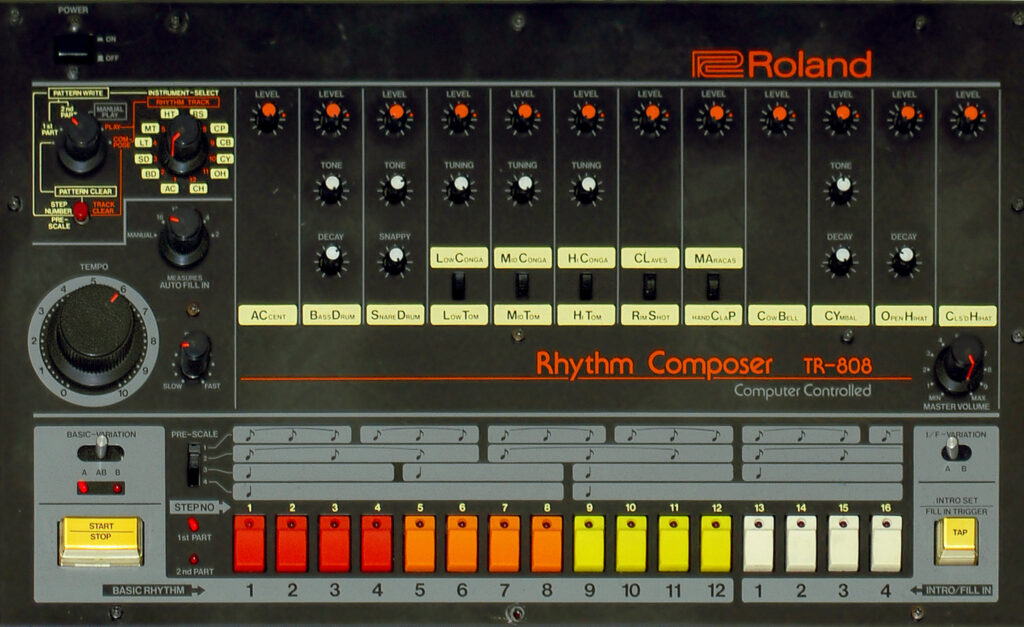
During the 2 years that Roland kept the 808 in production, the machine created memorable moments. The influential Japanese synth-pop band Yellow Magic Orchestra played live shows with an 808 to enthusiastic audiences in Tokyo, and the producer Arthur Baker experimented with an 808 in the early 80s to produce “Planet Rock,” a hip-hop collaboration by Afrika Bambaataa and the Soul Sonic Force that charted on Billboard and became one of the most influential records of the decade, helping inspire the first golden era of hip-hop.
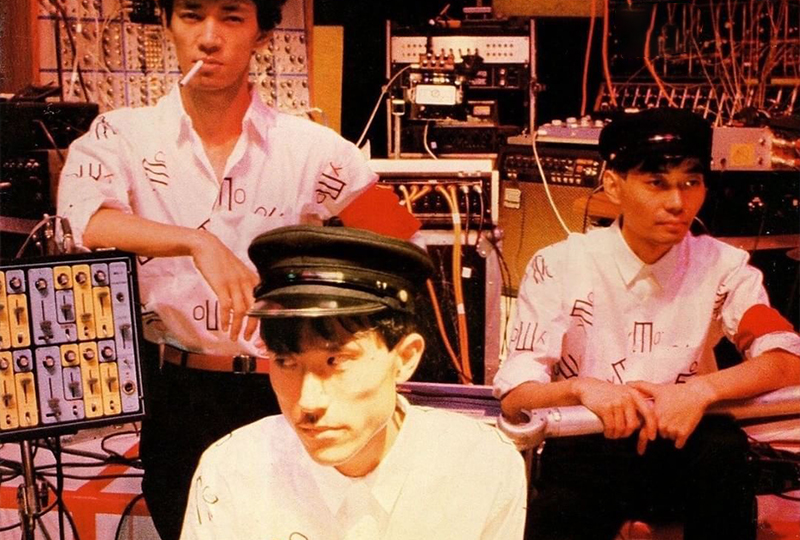
Ironically, it was the commercial failure of the 808 that would fuel its popularity: As established musicians began to unload their 808s at secondhand stores, the machine dipped below its initial $1200 price; by the mid-1980s, used 808s were selling for $100 or less, and it became more accessible to young musicians, just as hip-hop and electronic dance music were preparing to make important leaps in their respective evolutions. The 808 sound would become deeply embedded within a variety of electronic music scenes that had one thing in common—the music appealed to those who loved to party.
